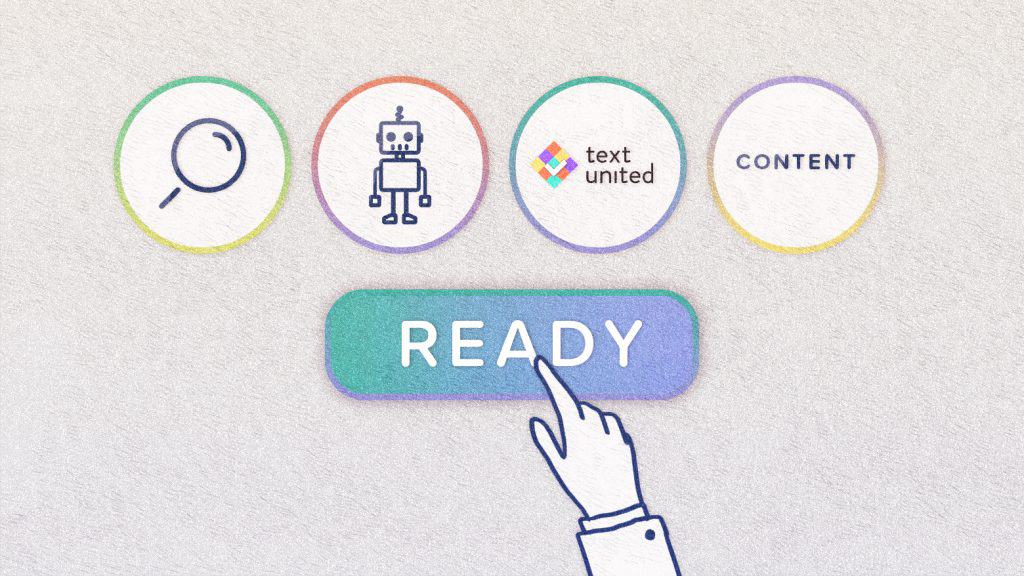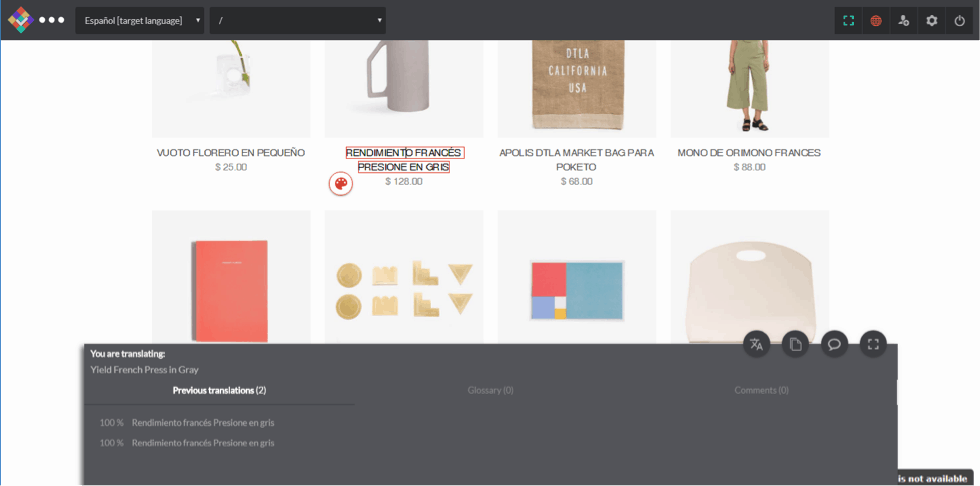Around 90% of European users claimed that they would always opt for a product in their native language, and almost 73% confirmed that they are more likely to make a purchase when the service is offered in their mother tongue. If you’re reading this, you have probably realized that investing in English content alone will result in little impact when trying to grow a global customer base. Content creation and website translation really do go hand-in-hand and they have a huge role in taking your business global.
How to approach productive website translation?
Even if you regularly add relevant keywords and update and create new content, it is simply not sufficient, especially for search engines. If you’d ask any pro from the localization field, they will tell you one thing – your content needs proper localization; localization of the kind that will play a significant role in increasing your ranking in search results. So even if you think that you are prepared for the website translation process, we want to show you three things that truly make for productive website translation.
#1: Keep Your Translation SEO-Centric
What does SEO-centric really mean? In short, it means that the produced translation is full of keywords that are relevant. It doesn’t sound so complicated, but you need to understand that relevant keywords will not always be the same in two different languages. Since translation is simply the process of converting one text to another, translators may often aim to get the translation right without considering keywords that are crucial for SEO. This has the effect of making your translation correct, but not effective.
It will also slow down the entire process since you need to revise and edit the final translation several times to achieve a target text without an altered meaning. Translation will challenge both you and your content to use new sets of keywords. This process should be planned out carefully, and it requires a translator who knows how to translate the content optimizing it to match potential search inquiries in a target market.
When you translate your website with TextUnited, your keywords and meta-tags and will be extracted, so it’s easy to go straight ahead, localize them and proceed to your content’s final optimization.
#2: Make Sure Your Translator Knows the Subject
Make sure your translator is an expert in the relevant field. Knowing the subject of the translation project is necessary to connect with people and deliver an accurate translation; otherwise, you may find the translation quality unsatisfactory. Have you ever stared blankly at a specialized medical or technical text in your native language? Think about all of the terms that are barely understandable to you, and imagine a translator trying to make sense out of it. Exactly.
To translate specific content you don’t only have to speak the target language, but also understand it. No matter how hard we try, nowhere is there an automated translation that can be considered a match of human translation. Whatever the field, whether pharmaceuticals or clothing manufacture, industry-specific translators that work primarily within your specific field of expertise are a must.
Website translation by TextUnited allows easier translation and understanding of the context, as your translator will be able to translate directly on top of the website, making it easier for them to understand the context of a particular sentence, which is not so easy with a traditional CAT Tool.
#3: Don’t Translate without Localization
Translation without localization is always a bad idea. Productive website translation is also the crucial part of localization, that goes without saying, but don’t forget that it’s only one aspect of the process. Localization includes a whole range of tasks that are necessary to adapt a product to a specific market. This is why you need to get to know your target market and the cultural intricacies of potential users.
Do you think you can attract the attention of people simply by speaking in their language? Not really! You need to speak to their emotions, in a way that is acceptable to them. Localize your content based on the preferences of the region that you are targeting and you will get a response much sooner than expected. This will often require adapting images, layout, design, and even colours to your new target audience. But believe us, when your website is not just translated into language x but rather adequately for the region x, you will start to see these organic curve rising.
Let’s Get Productive!


